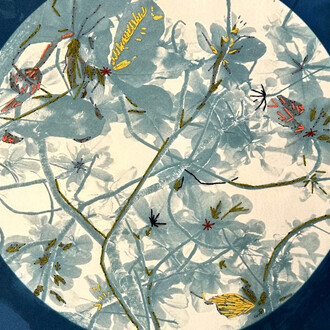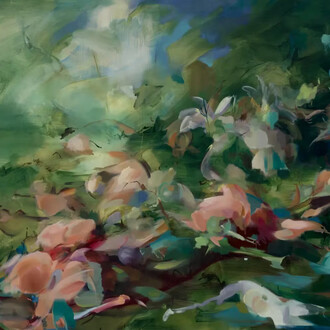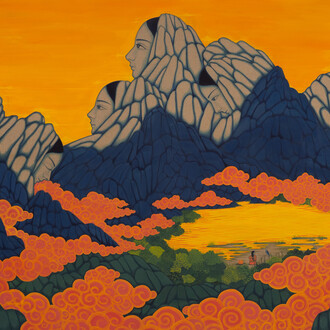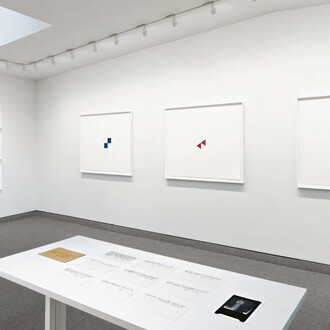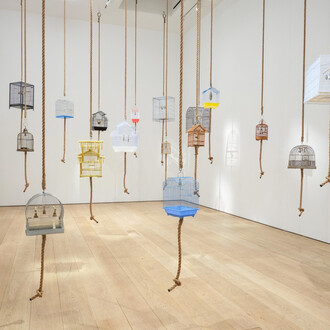Gallery artist Tonico Lemos Auad in notable group exhibition 'Textiles: Open Letter' at Museum Abteiberg, a municipal museum for contemporary art in the German city Mönchengladbach.
As one of the oldest techniques in human culture, textiles store knowledge and labour and communicate via form. The woven structures are based on a system of intersecting threads leading via seriality and repetition to complexity and beauty. While textiles have been used extensively by artists as material, structure, texture and artefact to reflect on forms, processes and abstractions, they have been largely ignored by art history. And while there are many words for weaving, and the connection between textile and text is one of the oldest metaphors in architecture, philosophy and sociology, textiles, having been primarily viewed as a craft, have barely developed an impact within the art historical discourse on modernity, remaining little more than a footnote.
Based on the principle of woven structure and the thread as an organic line – as described, for example, by Paul Klee – ‘Textiles: Open Letter‘ creates a dialogue between historical works and those of a younger generation. The featured works reflect issues of abstraction and materiality and challenge preconceptions of weaving. Large-scale sculptures, wall hangings and reduced formations of lines push the limits of material and structure, improvisation and poetry. Especially since the Bauhaus, an influence has been exerted on textiles by material experiments and performative procedures from fine art and dance. During the 1970s, a number of women artists – including Leonor Tawney, Magdalena Abakanowicz and Sheila Hicks – created the Fibre Art movement with the aim of establishing an independent status for textiles as part of a feminist praxis: in close contact with Minimalist artists including Agnes Martin, and in some cases on the basis of training in the Bauhaus tradition, they designed monumental structures that moved beyond the technical limitations of the loom. Today, artists like Beryl Korot, Nasreen Mohamedi and Florian Pumhösl pursue aspects of serial notation as suggested by textiles, while Lygia Pape and Thomas Bayrle use the metaphor of the city as a social fabric as a point of departure in their work.
The exhibition shows the many and varied ways in which the history of Minimal and Conceptual art, movements that shaped the Museum Abteiberg collection, was influenced by textiles, and the extent to which textiles have often been excluded from the canon on account of their position between applied and fine art and their perception as ‘feminine‘. In this sense, the title ‘Open Letter‘ – that refers to a work by Bauhaus artist Anni Albers from 1958 – is to be understood as an invitation to rethink the influence of textiles on art and vice versa, as well as the key role played by textiles in the development of an abstract visual language.
Museum Abteiberg
Abteistraße 27
Mönchengladbach 41061 Germany
Ph. +49 (0)2161 252637
mail@museum-abteiberg.de
www.museum-abteiberg.de
Opening hours
Tuesday - Friday from 11am to 5pm
Saturday - Sundy from 11am to 6pm








